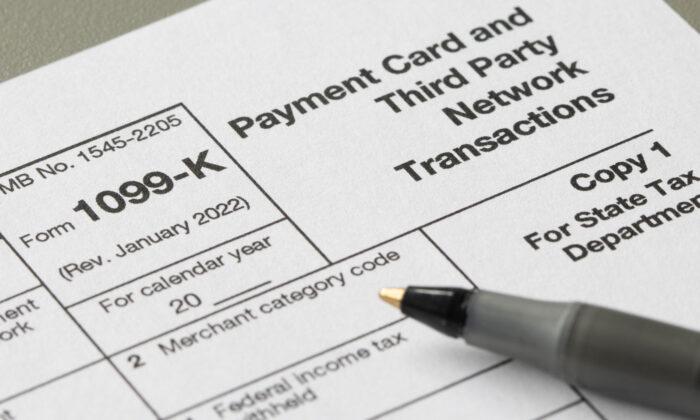First, it was eggs, and now it’s beef. Just in time for grilling season, beef prices continue to rise. And although the overall economy is contributing to the increase, other factors are at work.
Americans Like Beef
Americans like their beef. From hamburgers at McDonald’s to grilled steaks, Americans have enjoyed beef for decades. And in the past, the producers could fill the beef order.Beef Price Forecast
But those hamburgers and steak are increasing in price. Beef and veal prices rose 1.3 percent in April 2023. That’s the largest monthly increase since October 2021, according to the USDA. The USDA predicts an additional increase of 0.7 percent in 2023. The USDA predicted an increased interval of -4.1 to 5.9 percent.Why Beef Price Increase
The main culprit for the high prices is cattle inventories. They are at the lowest level in more than 60 years, according to the USDA.A drought in the West hit in 2020. Cattle producers had to use groundwater for their herds instead of relying on rain. It also affected forage. Nearly 93 percent of beef cows were in states with poor pastures.
Because the drought-affected forage, producers were forced to purchase alfalfa. The producers had to deal with record-high alfalfa prices.
It became more cost-efficient for beef producers to liquidate their herds in 2022, leaving shortages in 2023.
This isn’t the first time that drought has affected beef supply. The current cycle started in 2014. Before that year, there was a significant drought. Following that drought, America had five years of beef expansion. But with the new drought starting in 2020, diminished herds began again.
The National Weather Service (NWS) expects drought to continue from Kansas to Texas. The NWS is optimistic for the Dakotas, Nebraska, eastern Montana, and Wyoming.
Economy Factors Into Beef Prices
To make matters worse for livestock producers, the economy created challenges. In 2022, diesel and fertilizer doubled in price. In some areas, these costs tripled. These costs put additional pressure on feeding and shipping cattle. The cost of a ton of alfalfa increased 14 percent from 2021 to 2022, according to a New Mexico alfalfa variety test report.Do Beef Producers See Higher Profits
Cattle ranchers aren’t making a killing on the high beef prices. The South Carolina Cattlemen’s Association noted that input costs are at a record high. It just costs more to produce beef. And farmers aren’t seeing any greater return at auctions.Beef Producers Selling Direct
When possible, consumers try to buy directly from beef producers. Many cattle producers are recognizing the demand and selling their livestock locally. Restaurants and individuals can save and receive fresh meat.High Beef Price Alternatives
Chicken will be a likely alternative in 2023. Previously, chicken prices were inflated due to inflation and pathogenic avian influenza that struck down flocks. But the industry has recovered, and a substantial deflation of prices is anticipated. Poultry prices are predicted to drop 9 percent in the upcoming year.Meat Prices Moving Up Rapidly
Although not as severe as the 70 percent increase in eggs in 2023, meat prices are expected to increase. The anticipated 15 percent increase on beef tops increases on fish, at 4.2 percent, and even peanut butter, at 3.6 percent.And although some of the increases result from drought, the economy, with its supply-chain problems, high fuel prices, and labor shortages, have influenced current and future beef prices.






